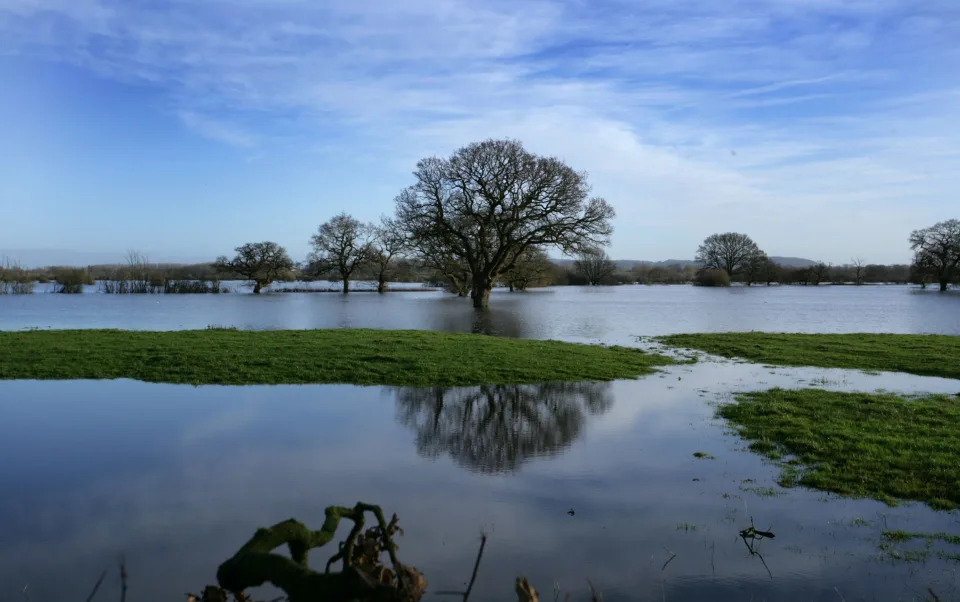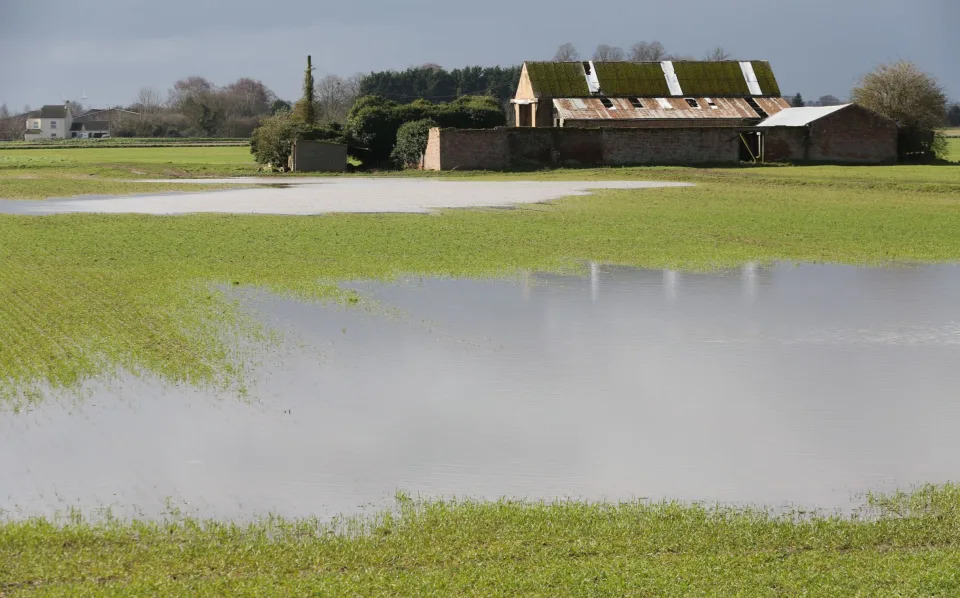VIENNA (AP) — Austria faces its biggest espionage scandal in decades as the arrest of a former intelligence officer brings to light evidence of extensive Russian infiltration, lax official oversight and behavior worthy of a spy novel.
Egisto Ott was arrested March 29. The 86-page arrest warrant, obtained by The Associated Press, alleges among other things that he handed over cellphone data of former high-ranking Austrian officials to Russian intelligence, helped plot a burglary at a prominent journalist's apartment, and wrote up “suggestions for improvement” after a Russian-ordered killing in Germany.
Ott is suspected of having provided sensitive information to Jan Marsalek, a fugitive fellow Austrian wanted on suspicion of fraud since the collapse in 2020 of German payment company Wirecard, where he was the chief operating officer. The warrant says chat messages provided by British authorities link Marsalek directly to the Russian intelligence agency FSB.
German and Austrian media have reported that Marsalek is believed to have had connections to Russian intelligence since at least 2014. He is now thought to be in Russia.
Thomas Riegler, a historian and espionage expert affiliated with the Austrian Center for Intelligence, Propaganda and Security Studies, said the case has “the potential for one of the biggest espionage stories in recent Austrian history.”
“The case is special given its international dimension and the fact that it is not only about espionage but also about the infiltration of the Austrian political system and the weakening of the country’s internal security,” he said.
Austria, which was located next to the Iron Curtain during the Cold War and long had good connections with Moscow, is a European Union member with a policy of military neutrality — and a longstanding reputation as a spying center.
UNRAVELING THE SPIDER'S WEB
Ott, a former police officer, was an intelligence officer in Turkey and Italy from 2001 to 2012 before moving on to manage undercover agents at Austria's now-defunct domestic intelligence agency, the BVT.
He was suspended from the BVT in 2017 when allegations emerged for the first time that he could be spying for Russia, but reassigned the following year to work for the Austrian police academy. In 2021, he was suspended pending further investigation into his alleged ties to Russia and taken into custody. Authorities concluded the evidence was too thin and released him about four weeks later.
At the BVT, Ott served under Martin Weiss, the former chief of Austrian intelligence operations. Prosecutors alleged that Ott and Weiss have a “close friendship.” In the arrest warrant, they say that Weiss began to work for Marsalek and Wirecard after leaving the intelligence agency in 2018, and that he passed orders from Marsalek and Russian operatives to Ott. According to the arrest warrant, Marsalek said in a text message that he helped "evacuate" Weiss to Dubai.
Ott’s lawyer declined to comment, saying he had only recently taken over Ott’s defense. Ott has previously denied the espionage allegations and any wrongdoing.
Marsalek, 44, appears to be “the spider in the web” who is “pulling the strings,” Riegler said. There was no immediate response to an email seeking comment from Marsalek's lawyer.
DISSIDENTS, SPIES AND DATABASES
Between 2017 and 2021, the Austrian warrant says, Ott collected sensitive information on people of interest to Russia “for the purpose of transmission to Jan Marsalek and to unknown representatives of Russian authorities" by conducting numerous searches in national police databases and making requests to other European police officers, including in Italy and Britain.
Ott also allegedly requested data from the information system of Europe's border-free travel area to ascertain whether suspected Russian operatives and former Wirecard employees were wanted or subject to travel restrictions.
The warrant contains a long list of people who were spied on, including Russian dissidents, businesspeople and a former officer who had quit the FSB.
A BURGLARY, SOAKED CELLPHONES AND LESSONS LEARNED
While allegations that Ott sought information for Russia first surfaced in 2017, British intelligence recently provided Austria with significant new information.
Five Bulgarian citizens who allegedly worked as part of a network with Marsalek were arrested last year in Britain and another in February. According to the Ott arrest warrant, chat messages between Marsalek and one of the suspects in that case, Orlin Roussev, that were seized by Britain's MI5 intelligence agency point to further operations by Marsalek and his Austrian helpers.
Just five weeks after Ott was released from custody in 2021, prosecutors say he requested the address of Bulgarian investigative journalist Christo Grozev in Vienna and supplied it to Marsalek. They say Marsalek later commissioned a team to break into Grozev’s apartment and steal a laptop and USB stick.
Grozev, who tracked down Russian officers allegedly involved in the poisoning of former Russian intelligence officer Sergei Skripal in 2018 and Russian opposition leader Alexei Navalny in 2020, relocated from Vienna last year after Austrian authorities told him they could no longer guarantee his security.
Ott also allegedly got hold of the cellphones of three former high-ranking Austrian Interior Ministry officials, including a former minister's chief of staff, when they were supposed to be repaired by BVT IT specialists after falling into the water during a boat excursion on the Danube in 2017.
Prosecutors say the phones were given to an unknown agent working for Marsalek at the Vienna apartment of Ott's former son-in-law and “transferred to Moscow for further analysis.” They say the phones contained “sensitive official and private data.”
Ott also allegedly helped Marsalek smuggle a stolen SINA computer, a device used by many European governments for transmitting classified information, to Moscow. After a handover at the same Vienna apartment, Marsalek wrote in a message that the device was successfully transported to the Lubyanka — where the FSB has its headquarters in Moscow — according to prosecutors.
Investigators also found a lessons-learned analysis on Ott’s mobile phone that contained “suggestions for improvement” for Russian intelligence operations in Europe following the 2019 killing in Berlin of a Georgian citizen of Chechen ethnicity. A Russian man was caught and convicted in that case; German judges said he acted on the orders of Russian authorities.
WHAT IS AUSTRIA DOING NOW?
Ott remains in custody awaiting a decision on whether he will be officially charged, a process that will likely take a while.
However, the case has dominated the news headlines, with the various political parties blaming each other for the failure to stop Ott earlier.
Austrian Chancellor Karl Nehammer has convened a meeting of the National Security Council for Tuesday and said the country needs to boost its security to thwart Russian infiltration.
His justice minister said she plans to tighten the country's laws on espionage, which currently is explicitly banned if directed against Austria itself but not if it targets other countries or the many international organizations Vienna hosts.























